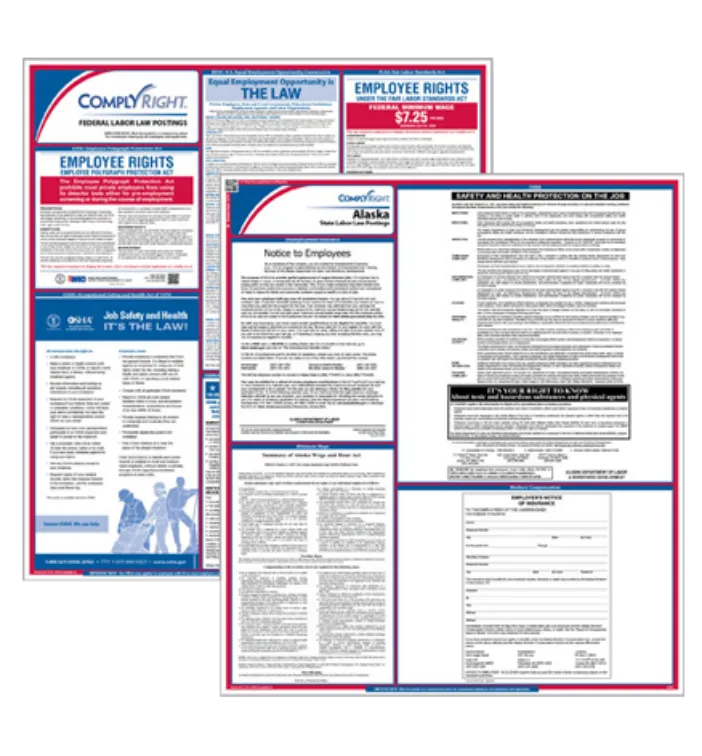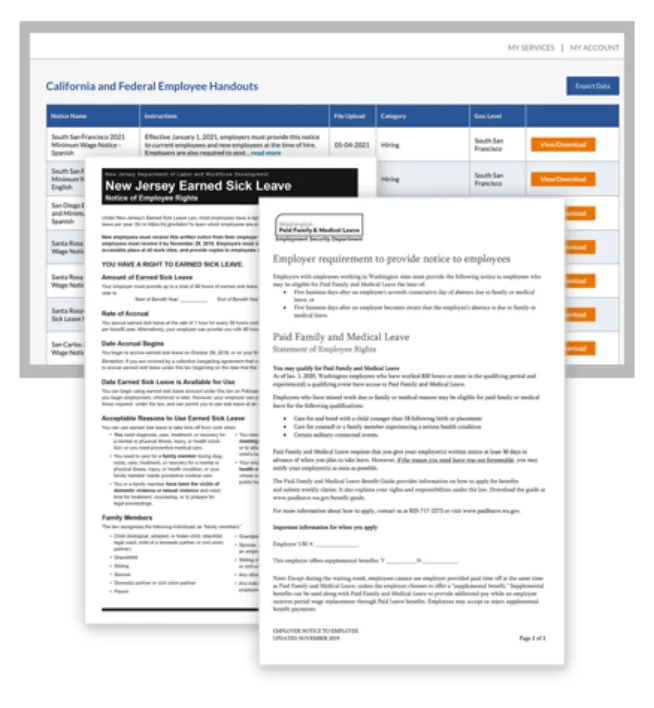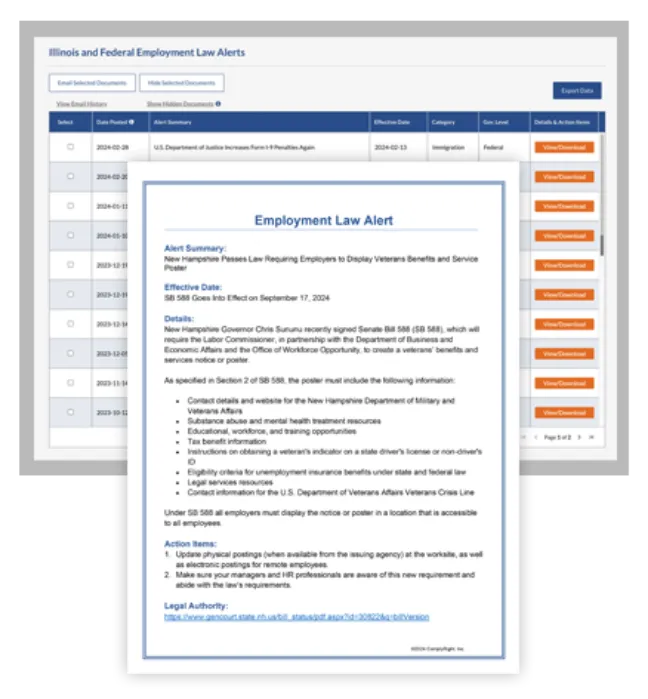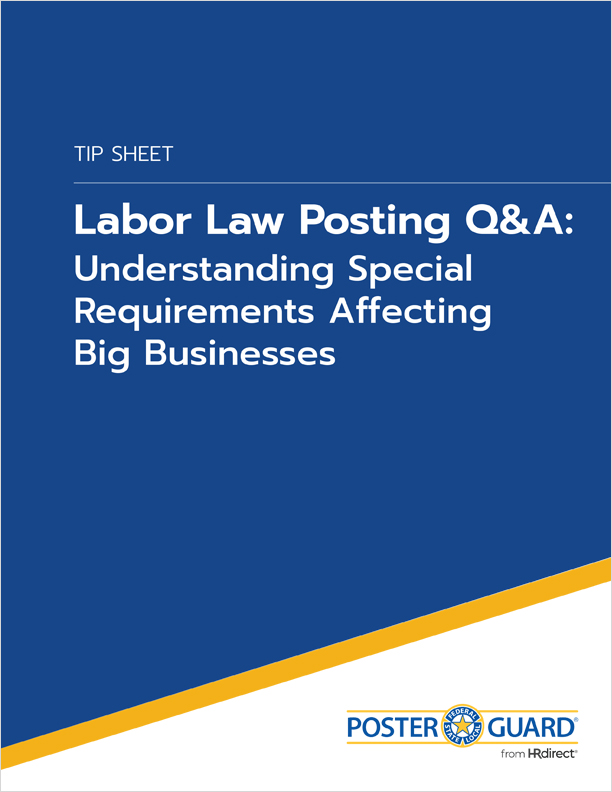The decision to use an independent contractor vs. hiring an employee is no longer just a matter of convenience: it’s a strategic choice that can impact your business.
Ultimately, your decision will depend on your business priorities, your cash flow and the type of relationship you intend to maintain. Not only do independent contractors (often referred to as freelancers, consultants or gig workers) function differently than employees in the workplace, but they’re also viewed differently by the DOL, IRS and other government agencies. Let’s break it down to help you make a more informed – and legally sound – decision.
Pros and Cons of Independent Contractors
PROS:
- Greater flexibility — Flexibility is a key advantage of using independent contractors. You can contract the exact services you need, precisely when you need them. For example, if you’re seeking someone to build a website or create digital content for prospects, but you won’t need their skills on a permanent basis, it makes sense to hire a web developer or marketing consultant on a per-project basis.
- More affordable — Although you may pay more per hour for an independent contractor, your overall costs are likely to be less. You don’t have to withhold taxes, pay for unemployment and workers comp insurance or provide healthcare benefits, nor do you have to cover the cost of office space or equipment.
CONS:
- Reduced control — It’s right in the name — independent contractors. You can set deadlines for deliverables and provide project guidelines to these workers, but you can’t oversee their day-to-day activity or dictate how they get the work done. They are expected to work autonomously and are free to set their own hours or schedule.
- Less company loyalty — Most independent contractors work with multiple clients, so you can’t assume they will prioritize your projects (although you can build certain expectations into your contract). And with each new contractor you engage, there will likely be a learning curve.
Pros and Cons of Employees
PROS:
- Team-building — Bringing on a full-time employee can be a vital step toward building stronger, more synchronized teams. Plus, you can provide more direction in line with your business goals.
- Familiarity with the business — In time, an employee will get to know the business, the work to be done and the internal processes. All these qualities can help ensure your company runs more smoothly and efficiently.
CONS:
- Investment in staffing — Working with employees is an investment of time and money. In addition to paying for salary, insurance and equipment, you’ll assume the monetary and non-monetary costs for mentoring, training and managing the employee.
- A poor hiring fit — When you make a less-than-desirable hire, you must deal with the drain on your business resources, including the time and effort it takes to terminate them and secure another, better-qualified replacement. If an independent contractor doesn’t pan out, you can simply choose not to work with them again.
Follow the DOL’s Final Classification Rule to Avoid Tax and Legal Issues
Once you’ve determined whether an independent contractor or employee is a better choice for your needs, you want to be certain you stay within the legal parameters.
The U.S. Department of Labor (DOL) issued a final rule on January 9, 2024, modifying the criteria for classifying independent contractors under the Fair Labor Standards Act (FLSA). The new rule replaces a 2021 regulation, shifting back to the "Economic Realities Test," which evaluates various factors including control over work, opportunity for profit or loss, skill required, permanence of the relationship, worker investment, and integration into the employer's business.
Be careful: If you improperly classify a worker as an independent contractor, you may be liable for back taxes, wages and penalties.
Keep in mind, too, that the DOL is just one test for determining independent contractor status. There’s also the critically important federal IRS test, tests related to other federal laws (like OSHA) and individual state tests based on the state’s tax laws, workers’ compensation laws and unemployment insurance laws.
To avoid misclassification and legal repercussions, consider these additional guidelines:
Workers Are Likely Independent Contractors If They …
- Have signed a service agreement that defines the scope of their work and payment terms
- Use their own equipment (laptop, phone, tools) to perform the job
- Work on a temporary basis and are paid “per project”
- Service other clients, often at the same time (look for an individual business license)
- Work at an offsite location (occasional meetings at your business location are OK; working onsite for days and months at a time are not)
- Have flexibility to set their own hours and schedule
On the Other Hand, Workers Function as Employees If They …
- Completed a job application
- Work for you full-time on a regular basis
- Provide services that are an essential part of your day-to-day operations
- Perform most of their job tasks at your workplace
- Are paid out of your payroll account
- Obtain training from your business
In addition to weighing all factors with new workers, review your current workforce to ensure the proper classification of independent contractors and employees. If necessary, reclassify independent contractors as employees, which qualifies them for minimum wage, overtime and potential employer benefits such as health coverage and retirement plans.
Ensure Posting Compliance for Your Specific Employer Circumstances
If you have federal contracts or conduct business with the government, you must display up to 12 specific employee notices, depending on your industry. Poster Guard® Poster Compliance Service for Federal Contractors satisfies all current posting requirements, providing a complete poster set right away, plus a full year of automatic replacements at no additional charge whenever a mandatory change occurs.







